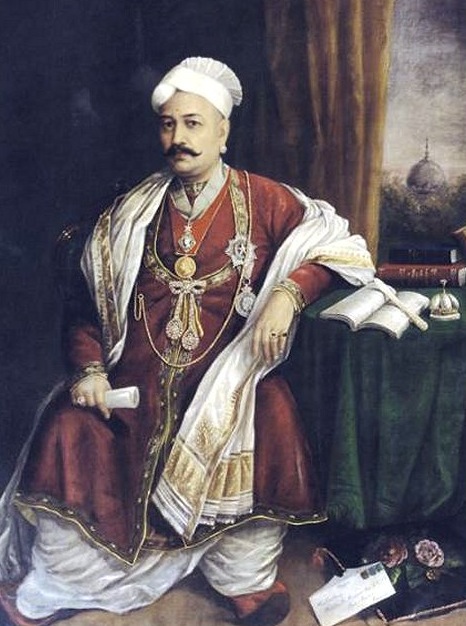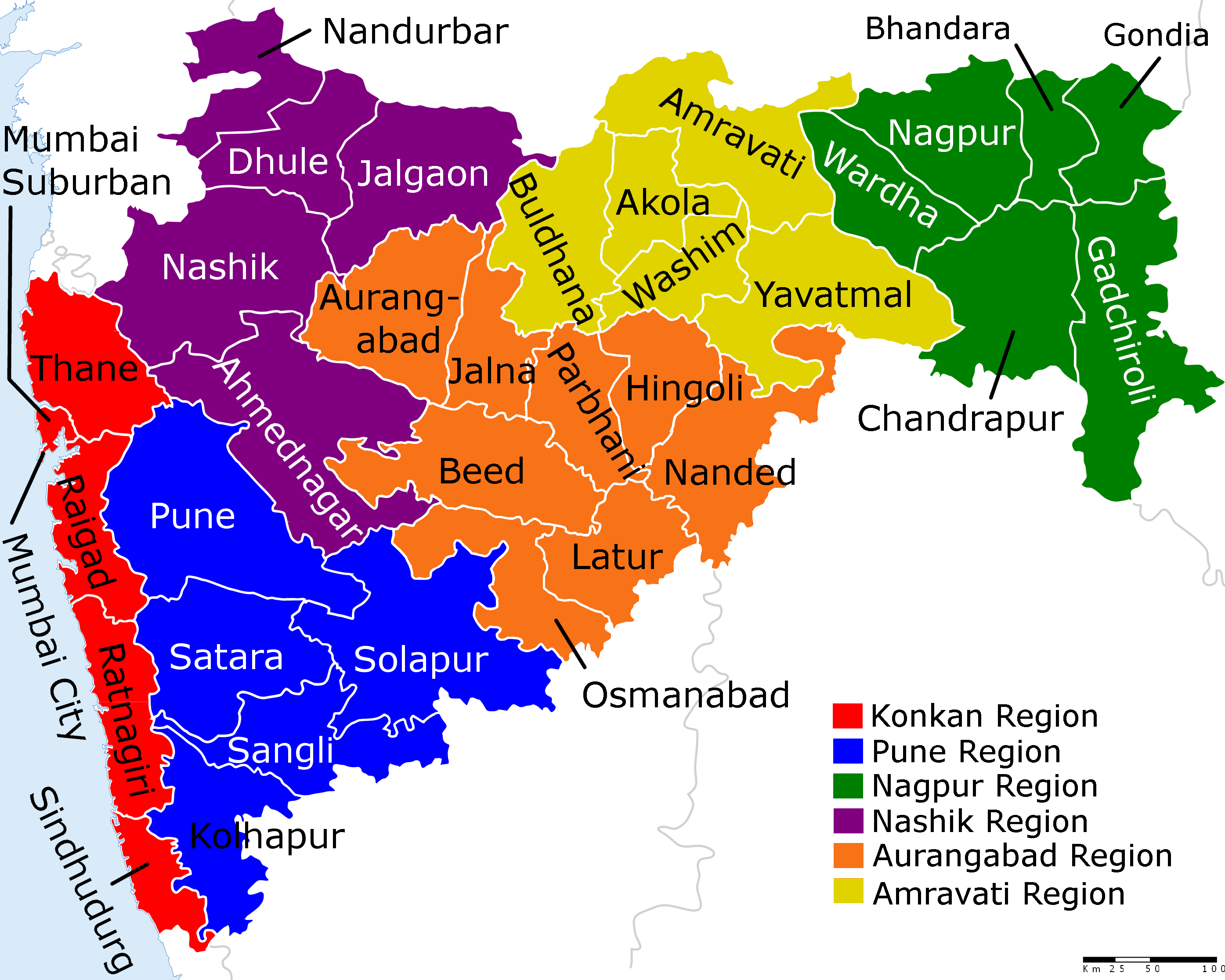|
Bhāskara II
Bhāskara II ('; 1114–1185), also known as Bhāskarāchārya (), was an Indian people, Indian polymath, Indian mathematicians, mathematician, astronomer and engineer. From verses in his main work, Siddhānta Śiromaṇi, it can be inferred that he was born in 1114 in Vijjadavida (Vijjalavida) and living in the Satpura mountain ranges of Western Ghats, believed to be the town of Patana in Chalisgaon, located in present-day Khandesh region of Maharashtra by scholars. In a temple in Maharashtra, an inscription supposedly created by his grandson Changadeva, lists Bhaskaracharya's ancestral lineage for several generations before him as well as two generations after him. Henry Thomas Colebrooke, Henry Colebrooke who was the first European to translate (1817) Bhaskaracharya II's mathematical classics refers to the family as Maharashtrian Brahmins residing on the banks of the Godavari River, Godavari. Born in a Hindu Deshastha Brahmin family of scholars, mathematicians and astrono ... [...More Info...] [...Related Items...] OR: [Wikipedia] [Google] [Baidu] |
Patnadevi
Patanadevi is a historic and tourist place situated 18 km to the southwest of Chalisgaon, Maharashtra. It lies inside Gautala Autramghat Sanctuary and is surrounded by the high mountains of Sahyadri. It consists of Chandika Devi Temple and Hemadpanthi Mahadev Temple. History In earlier days, this was a capital of an important Province called Patna (Vijjalgad). It was ruled by the former monarch at the state of the Yadav kings and their tributary. This capital city was 4–5 miles in length and width at the time. The city was surrounded by high mountain-like walls, and it was very beautiful because of the surrounding forest. In the surrounding forest there were different kinds of fruit trees, and there was a highway. Water was supplied to the city by digging water tanks on the high part of the mountain. The city has been famous for trade, art, learning, traffic and temples since the Shaka era, Shalivahan Saka period due to its metal mines and various vegetation on the hills. ... [...More Info...] [...Related Items...] OR: [Wikipedia] [Google] [Baidu] |
Indian People
Indian people or Indians are the Indian nationality law, citizens and nationals of the India, Republic of India or people who trace their ancestry to India. While the demonym "Indian" applies to people originating from the present-day India, it was also used as the identifying term for people originating from what is now Bangladeshi diaspora, Bangladesh and Pakistani diaspora, Pakistan prior to the Partition of India in 1947. In 2022, the population of India stood at 1.4 billion people, of various Indian ethnic groups, ethnic groups. According to United Nations forecasts, India overtook China as the world's List of countries and dependencies by population, most populous country by the end of April 2023, containing 17.50 percent of the global population. In addition to the Indian population, the Non-resident Indian and Overseas Citizen of India, Indian overseas diaspora also boasts large numbers, particularly in former British Empire, British colonies due to the historical ... [...More Info...] [...Related Items...] OR: [Wikipedia] [Google] [Baidu] |
Sridhara
Śrīdhara or Śrīdharācārya (8th–9th century) was an Indian mathematician, known for two extant treatises about arithmetic and practical mathematics, ''Pāṭīgaṇita'' and ''Pāṭīgaṇita-sāra'', and a now-lost treatise about algebra, ''Bījagaṇita''. Life Very little is known about Śrīdhara's life beyond mentions of his mathematical work by later mathematicians and the content of his extant treatises, which do not contain biographical details such as his parents, teachers, or birthplace. Various scholars have suggested he came from the Bengal region or from South India. Based on example problems in his works mentioning Shiva, and a dedication in ''Pāṭīgaṇita-sāra'', he was probably a Shaivism, Shaivite Hindu. He was mentioned by Bhāskara II (12th century), and made apparent reference to Brahmagupta (7th century). Govindasvāmin (9th century) quoted a passage also found in ''Pāṭīgaṇita-sāra'', and overlapping material is found in the work of Mah� ... [...More Info...] [...Related Items...] OR: [Wikipedia] [Google] [Baidu] |
Brahmagupta
Brahmagupta ( – ) was an Indian Indian mathematics, mathematician and Indian astronomy, astronomer. He is the author of two early works on mathematics and astronomy: the ''Brāhmasphuṭasiddhānta'' (BSS, "correctly established Siddhanta, doctrine of Brahma", dated 628), a theoretical treatise, and the ''Khandakhadyaka'' ("edible bite", dated 665), a more practical text. In 628 CE, Brahmagupta first described gravity as an attractive force, and used the term "gurutvākarṣaṇam (गुरुत्वाकर्षणम्)" in Sanskrit to describe it. He is also credited with the first clear description of the quadratic formula (the solution of the quadratic equation)Bradley, Michael. ''The Birth of Mathematics: Ancient Times to 1300'', p. 86 (Infobase Publishing 2006) in his main work, the ''Brāhma-sphuṭa-siddhānta''. Life and career Brahmagupta, according to his own statement, was born in 598 CE. Born in ''Bhillamāla'' in Gurjaradesa (modern Bhinmal in Rajasthan, ... [...More Info...] [...Related Items...] OR: [Wikipedia] [Google] [Baidu] |
Common Era
Common Era (CE) and Before the Common Era (BCE) are year notations for the Gregorian calendar (and its predecessor, the Julian calendar), the world's most widely used calendar era. Common Era and Before the Common Era are alternatives to the original Anno Domini (AD) and Before Christ (BC) notations used for the same calendar era. The two notation systems are numerically equivalent: " CE" and "AD " each describe the current year; "400 BCE" and "400 BC" are the same year. The expression can be traced back to 1615, when it first appears in a book by Johannes Kepler as the (), and to 1635 in English as " Vulgar Era". The term "Common Era" can be found in English as early as 1708, and became more widely used in the mid-19th century by Jewish religious scholars. Since the late 20th century, BCE and CE have become popular in academic and scientific publications on the grounds that BCE and CE are religiously neutral terms. They have been promoted as more sensitive to non-Christia ... [...More Info...] [...Related Items...] OR: [Wikipedia] [Google] [Baidu] |
Āryā Metre
''Āryā metre'' is a metre used in Sanskrit, Prakrit and Marathi verses. A verse in metre is in four metrical lines called ''pāda''s. Unlike the majority of metres employed in classical Sanskrit, the metre is based on the number of s ( morae) per . A short syllable counts for one , and a long syllable (that is, one containing a long vowel, or a short vowel followed by two consonants) counts for two s. It is believed that metre was taken from the gāthā metre of Prakrit. metre is common in Jain Prakrit texts and hence considered as favourite metre of early authors of Jainism. The earlier form of the metre is called old , which occurs in a some very early Prakrit and Pāli texts. Āryā The basic verse has 12, 18, 12 and 15 s in the first, second, third, and fourth ''pāda''s respectively. An example is the following from Kālidāsa's play '' Abhijñānaśākuntalam'' (c. 400 CE): : : : : : : : – u u , – – , u u – : u – u , – – , u – u , – – , ... [...More Info...] [...Related Items...] OR: [Wikipedia] [Google] [Baidu] |
Sanskrit
Sanskrit (; stem form ; nominal singular , ,) is a classical language belonging to the Indo-Aryan languages, Indo-Aryan branch of the Indo-European languages. It arose in northwest South Asia after its predecessor languages had Trans-cultural diffusion, diffused there from the northwest in the late Bronze Age#South Asia, Bronze Age. Sanskrit is the sacred language of Hinduism, the language of classical Hindu philosophy, and of historical texts of Buddhism and Jainism. It was a lingua franca, link language in ancient and medieval South Asia, and upon transmission of Hindu and Buddhist culture to Southeast Asia, East Asia and Central Asia in the early medieval era, it became a language of religion and high culture, and of the political elites in some of these regions. As a result, Sanskrit had a lasting effect on the languages of South Asia, Southeast Asia and East Asia, especially in their formal and learned vocabularies. Sanskrit generally connotes several Indo-Aryan languages# ... [...More Info...] [...Related Items...] OR: [Wikipedia] [Google] [Baidu] |
Deshastha Brahmin
Deshastha Brahmin is a Hinduism, Hindu Brahmin caste, subcaste mainly from the Indian state of Maharashtra and North Karnataka. Other than these states, according to authors K. S. Singh, Gregory Naik and Pran Nath Chopra, Deshastha Brahmins are also concentrated in the states of Telangana , Andhra Pradesh and Madhya Pradesh Historian Pran Nath Chopra and journalist Pritish Nandy say, "Most of the well-known saints from Maharashtra, Karnataka and Combined Andhra Pradesh, Andhra Pradesh were Deshastha Brahmins". The mother tongue of Deshastha Brahmins is either Marathi language, Marathi or Kannada language, Kannada. Over the millennia, the Deshastha community has produced Mathematicians such as Bhāskara II, Sanskrit scholars such as Bhavabhuti, Satyanatha Tirtha, Satyadharma Tirtha; Bhakti movement, Bhakti saints such as Dnyaneshwar, Eknath, Purandara Dasa, Samarth Ramdas and Vijaya Dasa; polemical logician such as Jayatirtha and non-polemical scholar such as Raghuttama Tirth ... [...More Info...] [...Related Items...] OR: [Wikipedia] [Google] [Baidu] |
Godavari River
The Godavari (, Help:IPA/Sanskrit, [ɡod̪aːʋəɾiː]) is India's second longest river after the Ganges River, Ganga River and drains the third largest Drainage basin, basin in India, covering about 10% of India's total geographical area. Its River source, source is in Trimbakeshwar Range, Trimbakeshwar, Nashik, Maharashtra. It flows east for , draining the states of Maharashtra (48.6%), Telangana (18.8%), Andhra Pradesh (4.5%), Chhattisgarh (10.9%) and Odisha (5.7%). The river ultimately empties into the Bay of Bengal through an extensive network of distributaries. Its drainage basin is one of the largest in the Indian subcontinent, with only the Ganga and Indus rivers having a larger drainage basin. In terms of length, catchment area and discharge, the Godavari is the largest in peninsular India, and had been dubbed as the Dakshina Ganga (Southern Ganges). The river has been revered in Hindu texts, Hindu scriptures for many millennia and continues to harbour and nourish a ... [...More Info...] [...Related Items...] OR: [Wikipedia] [Google] [Baidu] |
Maharashtrian Brahmin
Marathi Brahmins (also known as Maharashtrian Brahmins) are communities native to the Indian state of Maharashtra. They are classified into mainly three sub-divisions based on their places of origin, " Desh", " Karad" and "Konkan". The Brahmin subcastes that come under Maharashtra Brahmins include Deshastha, Chitpavan (Konkanastha), Saraswat, Karhade, and Devrukhe. Geographical distribution Maharashtrian Brahmins are native to the Indian state of Maharashtra. However, their training as priests, expertise in Hindu laws and scriptures, and administrative skills have historically led them to find employment in all corners of India. For example, in the 1700s, the court of Jaipur had Maharashtrian Brahmins recruited from Benares. This community had in turn migrated to Benares after the fall of Vijayanagar empire in southern India. The greatest movement of the community took place when the Maratha Empire expanded across India. Peshwa, Holkars, Scindia, and Gaekwad dynasti ... [...More Info...] [...Related Items...] OR: [Wikipedia] [Google] [Baidu] |
Henry Thomas Colebrooke
Henry Thomas Colebrooke FRS FRSE FLS (15 June 1765 – 10 March 1837) was an English orientalist and botanist. He has been described as "the first great Sanskrit scholar in Europe". Biography Henry Thomas Colebrooke was born on 15 June 1765. His parents were Sir George Colebrooke, 2nd Baronet, MP for Arundel and Chairman of the East India Company from 1769, and Mary Gaynor, daughter and heir of Patrick Gaynor of Antigua. He was educated at home, and from the age of twelve to sixteen he lived in France. In 1782 Colebrooke was appointed through his father's influence to a writership with the East India Company in Calcutta. In 1786 and three years later he was appointed assistant collector in the revenue department at Tirhut. He wrote ''Remarks on the Husbandry and Commerce of Bengal'', which was privately published in 1795, by which time he had transferred to Purnia. This opposed the East India Company's monopoly on Indian trade, advocating instead for free trade be ... [...More Info...] [...Related Items...] OR: [Wikipedia] [Google] [Baidu] |





